Start-Stop Ignition, Do You Use It?
Well, we do not see the need for start-stop ignition in Malaysia right now.
This feature has been around for some years now and it was started by European car manufacturers to meet European Union emission standards to reduce pollution and keep fuel consumptions low.
As far back as the 1970s, start-stop was introduced in the Toyota Crown and it slowly progressed to the Volkswagen Golf Ecomatic in 1994 to the Audi A2 in 1999. However, it was a brand new BMW that introduced us to start-stop ignition in 2008.
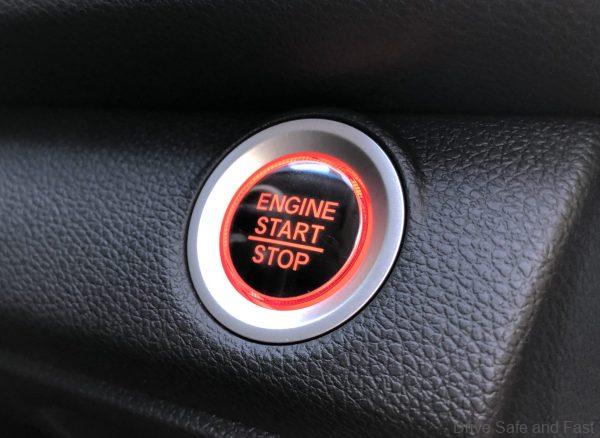
Pioneered by Siemens in 1995 and introduced by Mercedes-Benz under the name “Key-less Go” in 1998, manufacturers around the world which were in favor of convenience started the transitioning towards keyless car transponders, with some brands, such as BMW and Mercedes-Benz, making it a standard, adopting the technology way before anyone else.
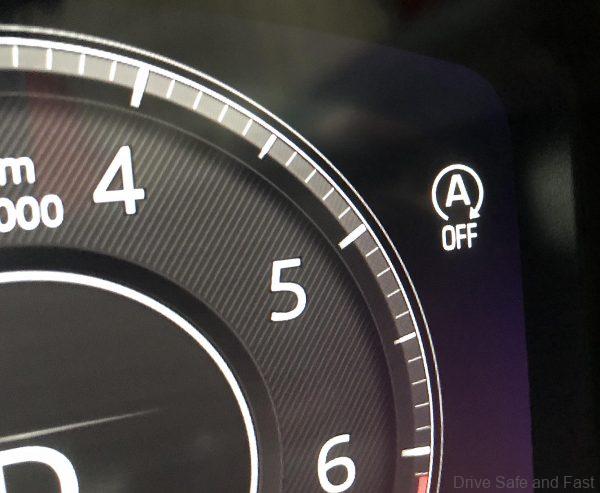
At the time the restarts were rather rough and when the ignition stopped the engine, it also stopped the air-con compressor which was rather irritating. This was however looked at by BMW engineers after many consumer complaints and their start-stop ignition was improved. Still it was never seamless like the system in Porsches and Audis.

Since 2015 Mazda of Japan has had start-stop ignition in all it new cars and the rest of its rivals have also adapted start-stop ignition to save fuel in heavy city traffic.

Our first meeting with start-stop ignition was in Europe when we were on a new car test drive with a premium car brand and soon after we saw this technology in Asia when we were flown to Japan to meet a brand new luxury sedan.
Designed to be beneficial where crowded city driving requires cars to spend more time in stand-still traffic (Bangkok, Jakarta and Kuala Lumpur city for example), the technology switches off the engine when the car is not moving and quickly restarts the engine when the brake pedal is released. It is all automatic and rather unnoticeable today as the climate control (AC) and car entertainment system continues to work without any issue.
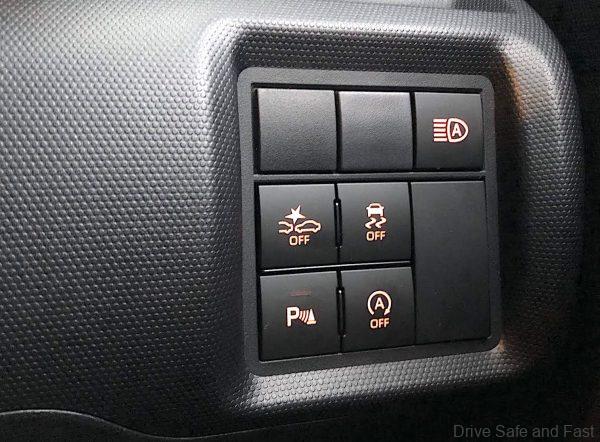
Modern start-stop was pioneered by German automakers several years ago and was initially installed in manual transmission vehicles. Today, about 70 percent of the new cars, automatic and manual, sold in Europe each year have start-stop ignition. European legislation requires this feature to lower carbon emissions.
Personally, we are not a fan of start-stop ignition as it can get irritating when driving in heavy traffic when you get the ignition working 10 to 50 times during one journey. This is why car manufacturers have installed a ‘start-stop switch off’function and we use it immediately when test driving new cars as we see no point of this system in the long run.
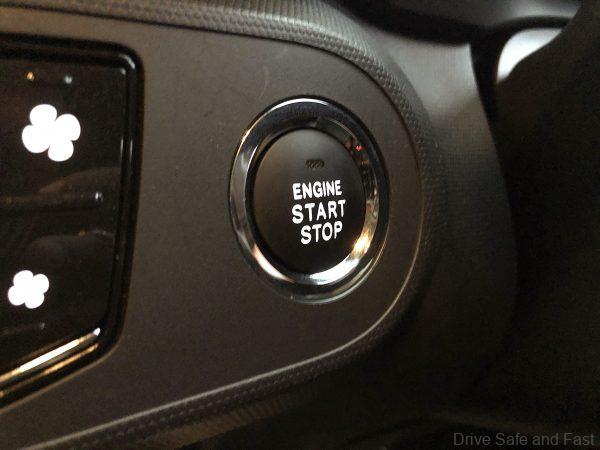
Why? Well, battery replacement costs will be higher due to the frequent ignition. Then there is the lifespan of the more expensive starter motor and other components connected to this system. This is why we prefer to keep our old cars and continue to maintain them until we see a true eco-friendly car that does not have long term high running costs.
The idea behind the start-stop system is simple: If the engine is stopped for short periods, for example while waiting at traffic lights, fuel consumption and emissions are reduced. In this way, the automatic start-stop system helps to save fuel and it is claimed to protect the climate. With this technology, CO2 emissions can be reduced by 3 to 8 percent according to car manufacturers who need to sell these cars in the European Union.
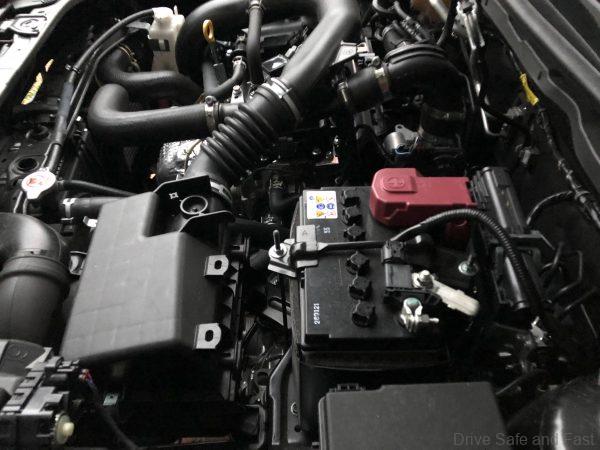
The benefits to the environment and improved efficiency have caused a rapid spread of automatic start-systems to all classes of vehicle. In view of the more stringent EU regulations on pollutant emissions of motor vehicles, automotive manufacturers are also increasingly implementing intelligent start-stop systems in their ranges.














